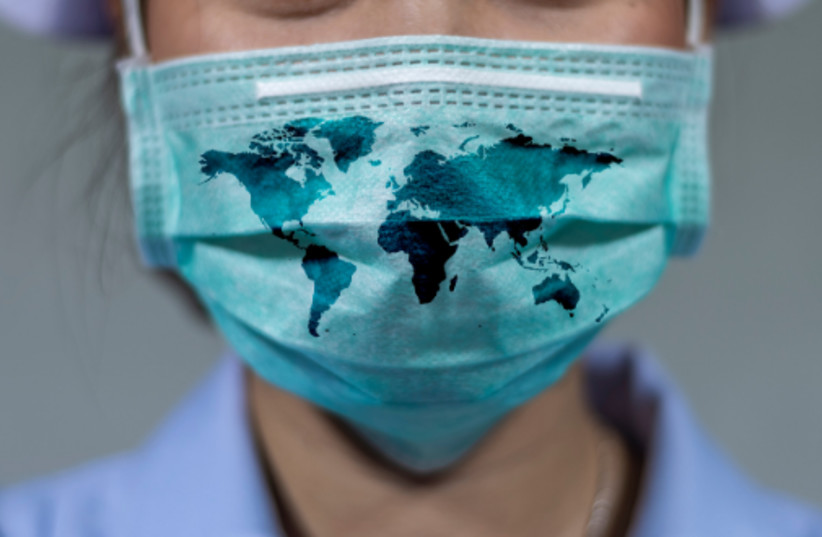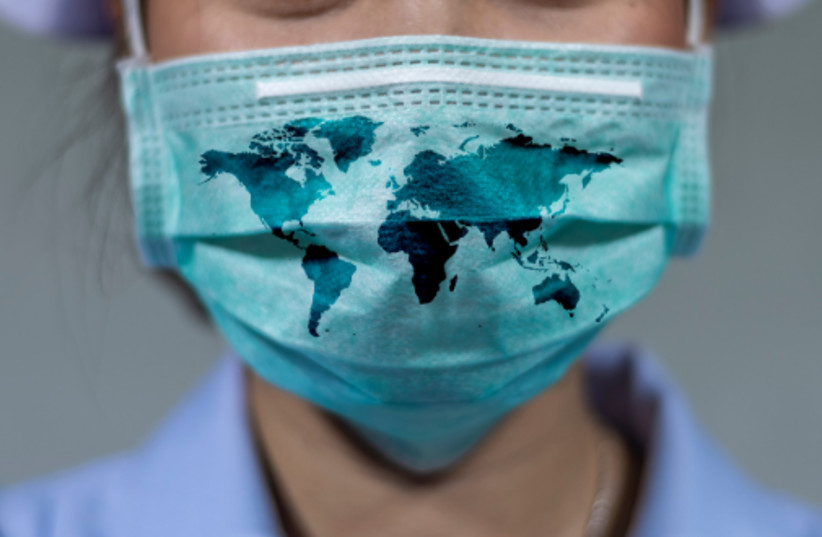
One year ago, Israel was emerging from one of the world’s longest and severe lockdowns to combat the coronavirus; now the small country is a global leader in vaccinations per capita, and its economy and borders are once again opening to the world.
How Israel, with all its ups and downs, eventually brought the virus under control is just one part of Tel Aviv University’s summer online course “From Crisis to Opportunity,” which is open to graduate students and professionals from around the world.
Starting June 7, and running for six weeks, the course will focus on how to handle crises, from pandemics to earthquakes to extreme weather, with resilience and agility. It covers all aspects of disaster response, including health, economics, education and risk communication.
She said the course, now in its second year, will be slightly different than the one she taught last summer, drawing on the insights that have emerged in different communities as the pandemic continues.
“Last year, we didn’t know as much about the virus or the responses,” she says. How Israel, and other countries, approached and implemented various measures, including vaccines against the virus, which were approved starting in late 2020, will surely be a large focus, she says.
if(window.location.pathname.indexOf(“656089”) != -1){console.log(“hedva connatix”);document.getElementsByClassName(“divConnatix”)[0].style.display =”none”;}
“The vaccinations in Israel caused a lot of attention, and rightly so,” she says. “But it’s also important to understand why it was so successful, and help people learn how to implement a successful vaccination campaign elsewhere. That involves understanding many aspects, not just of the vaccine, but of society. COVID-19 is a societal challenge.”
The curriculum takes a wide look not just at different types of disasters, but at their consequences and why they differ from place to place, from event to event. For example, Adini points out that the 2010 earthquake in Haiti killed more than 159,000 thousand people, while a similar quake on a Japanese island a short time later only resulted in two deaths.
“What makes relatively similar events result in very different consequences?” she asks. She says this is a key question that drives the course’s curriculum and discussions. “The answer lies in our preparedness for such events and capacity to effectively respond to them,” she explains, adding that these two elements make up the heart of disaster management.
Learning how to prepare for future, unknown crises, also makes up part of the course, which emphasizes the need for general principles of planning and management, rather than developing very specific concrete plans that have limited use in real life.
“The only thing we know for certain is that tomorrow’s disaster will not be the same as yesterday’s,” Adini says.
The course targets those who hold or are studying for any graduate degree or work in a field related to public health, but it does not require any specific knowledge, Adini says.
A long-time consultant for emergency planning to Israel’s health ministry, Adini brings both practical and academic experience; as do several other faculty members who will help teach the course.
“One of the main goals of the course is to help students learn to think in an interdisciplinary way, and how to collaborate with officials and experts from many fields,” says Arielle Kain, a teaching fellow in public health at Tel Aviv University, who will help teach the course, which she took herself last year as a master’s student.
Andre Chusyd, originally from Brazil, and also outreach coordinator to Brazil and Latin America at Tel Aviv University, said the course taught him skills that go beyond the realm of emergency management.
“The program helped me strengthen communication skills, as it was composed of several online group activities with the other participants, from a wide variety of nationalities and backgrounds, each one bringing different perspectives,” Chusyd said.
Adini also looks forward to learning from the students, who she expects to come from dozens of countries.
“We all face shared risks, so learning from each other is so important,” she says. “The intense and interactive nature of the course also really creates the cohesiveness and solidarity that societies need to meet challenges during emergencies.”




